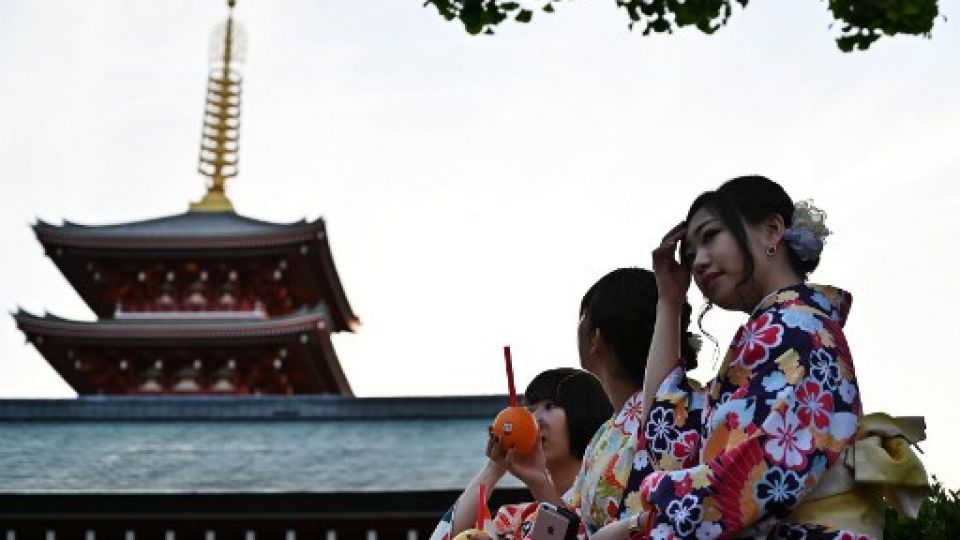November 29, 2019
The number correlates to the increasing number of tourists.
As the number of foreign tourists to Japan has increased in recent years, so also has the number of traffic accidents involving rental vehicles with foreign drivers. According to the Institute for Traffic Accident Research and Data Analysis, 330 such accidents resulting in injury or death occurred from 2014 to 2018, with the accident rate about 5.5 times higher than that for rental vehicles driven by Japanese.
Differences in road traffic rules followed in Japan and overseas mainly explain this, and with only about eight months remaining until the start of the 2020 Tokyo Olympics and Paralympics, the government is scrambling to install road signs written in English, including ones to warn drivers approaching dangerous spots.
To drive in Japan, a visitor must possess documents including an international driving permit issued by a nation or territory that is a signatory to the Geneva Convention on Road traffic, which stipulates certain uniform rules for international road traffic. According to the Land, Infrastructure, Transport and Tourism Ministry, the number of foreign visitors using rental cars in Japan has surged in recent years and reached about 1.4 million in fiscal 2017.
The Institute for Traffic Accident Research and Data Analysis, a Tokyo-based public interest incorporated foundation, mined National Police Agency statistics to investigate the number of accidents resulting in injury or death caused by foreign visitors using rental vehicles for sightseeing or other leisure activities. According to the institute, 92 such accidents occurred in 2018, a 3.7-fold increase from 2014. A total of 330 accidents, including three fatal ones, were recorded during the five-year period.
Fifty-seven percent of these accidents happened in Okinawa Prefecture and 22 percent in Hokkaido, followed by the popular tourist areas of Kyoto Prefecture (3 percent), Osaka Prefecture (2 percent) and Nagano Prefecture (2 percent).
The institute compared these figures with those for accidents involving Japanese drivers using rental vehicles for sightseeing and other leisure activities during the same five-year period. This research revealed the rate of accidents involving foreign drivers was about 5.5 times higher than that for Japanese drivers.
The most common accidents were collisions at intersections, which accounted for 25 percent of the total. Rear-ending vehicles that had stopped or parked (24 percent) and collisions in which a vehicle turning right hit an oncoming vehicle that was traveling straight (22 percent) also were common.
Japan’s stop signs are downward-pointing triangles, but, according to the institute and other sources, many countries use an octagon for these signs. On Nov. 7, a 35-year-old man from Taiwan driving a rental vehicle ignored a stop sign and collided with a truck in the town of Kamifurano, Hokkaido. The man reportedly told a police officer that he knew about red traffic lights but was driving “without knowing what other road signs mean.”
Another possible factor is the fact that driving on the right-hand side of the road is more common overseas. Many visitors, when they turn right, are not used to checking for oncoming vehicles coming from their front right. A notable number of accidents also were caused by drivers not understanding signs written in Japanese or staring at signs bearing destination names.
Since July 2017, police across the nation have started changing road signs to new ones that also include the English words “stop” or “slow.” Of about 1.69 million such Japanese signs, about 68,000 had been switched to the newer bilingual type as of March. More such signs will be installed especially around tourist spots and competition venues at the 2020 Tokyo Olympics and Paralympics.
The transport ministry also examined dangerous spots near five airports, including Naha Airport and Kansai International Airport, where foreign visitors frequently slam on the brakes when driving. The ministry is installing standing signs written in English, Korean and other languages to warn drivers about these areas.


